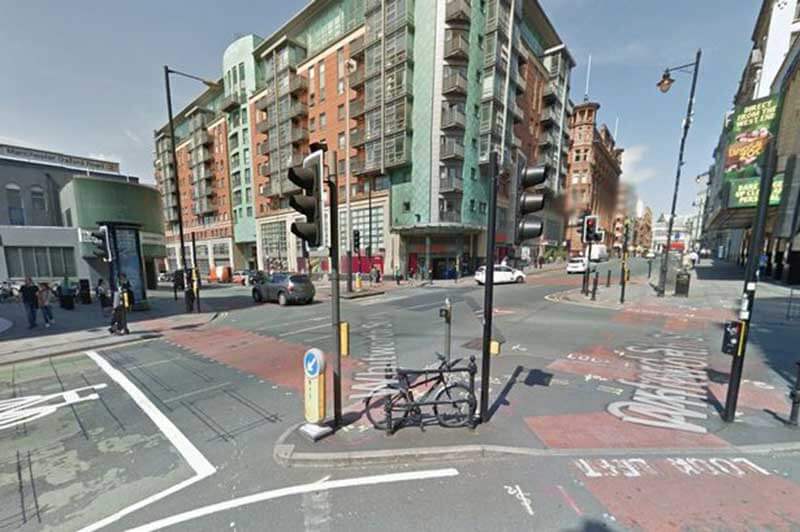- Zebra crossings may actually increase risks
- Starling Crossing: a smart alternative to painted stripes
- Machine learning is the key to its safety
It’s happened to all of us: you’re rushing somewhere, when, suddenly, a pedestrian runs across the zebra crossing and in front of your car. You couldn’t see him until the last moment, and you certainly didn’t expect an adult to race out into the street like that. You brake hard to avoid the worst – and if you’re both lucky, no one’s hurt.
Zebra crossings may actually increase risks
According to the Daily Mail, between 2005 and 2013, 144 people were injured at the 10 most dangerous pedestrian crossings in the UK. In fact, experts have long known that zebra crossings may actually make things worse: drivers don’t slow down as they should, and pedestrians are encouraged to think it’s safe to cross. The result is that these painted crossings are a predictable location for injuries and deaths. Static white markers may have been a good idea in the past, but they were designed for an era that had remarkably less traffic, less congestion, and fewer distractions. And keep in mind that these familiar patterns of stripes were first laid down in 1951, and with the exception of red and green lights, have remained unchanged since then. But with distracted drivers and pedestrians, greater population density, and far more cars on the roads, it’s time to rethink crossing safety.

Starling Crossing: a smart alternative to painted stripes
Technology has obviously improved in the last 70 years, and it’s high time for a transformation in pedestrian safety that leverages these advances. Enter Umbrellium’s STigmergic Adaptive Responsive LearnING Crossing, or Starling Crossing, developed in collaboration with Direct Line, an insurance company. This super high-tech pedestrian safety system is a digital answer to the atomic age’s painted stripes. Using two cameras to capture the space around the crossing, Starling uses machine learning and smart algorithms to identify the various objects it sees. It uses these cameras to predict pedestrian behaviour and give drivers an impossible-to-miss warning, adapting to cyclists, playful children, and distracted adults.
It does all this with digital smarts. As Sian Bradley explains for Wired UK, “The actual crossing doesn’t exist until it’s safe for you to cross – then LED patterns appear to direct people and stop cars. These are patterns we already know well – the classic white zebra crossing, the pedestrian symbol, a cycle area in front of the cars, and red and green for stop and go. These arrows and colours are designed to be much more in your face, so your attention is pulled from your phone and onto the road.”
Machine learning is the key to its safety
This graphical wizardry is the courtesy of an electronic panel beneath the road that can change colour and display bright shapes. More than just a digital zebra, Starling Crossing adapts to demand and behaviour. For instance, at peak pedestrian hours, it widens itself to accommodate more people, and when it detects a fast moving object – a child chasing a ball or a jogger – it automatically calculates speed and direction, displaying a line of crimson chevrons to alert drivers to a potential hazard. This system also uses machine learning to adapt to patterns, for instance, so that it can move the crossing (within a range of 22 metres) to the safest, most convenient location.
Usman Haque, a founding partner of Umbrellium, insists that this is a game-changer for busy city streets. “This is a genuine problem and we’ve developed a genuine solution. The Starling Crossing dynamically responds in real-time, using technology which has been designed with colours that we know and understand and practical designs that help those on the crossing feel comfortable, confident and safe.”
For the more than 7,000 people involved in zebra-related incidents in the UK every year, full roll-out can’t come soon enough!
Share via:

